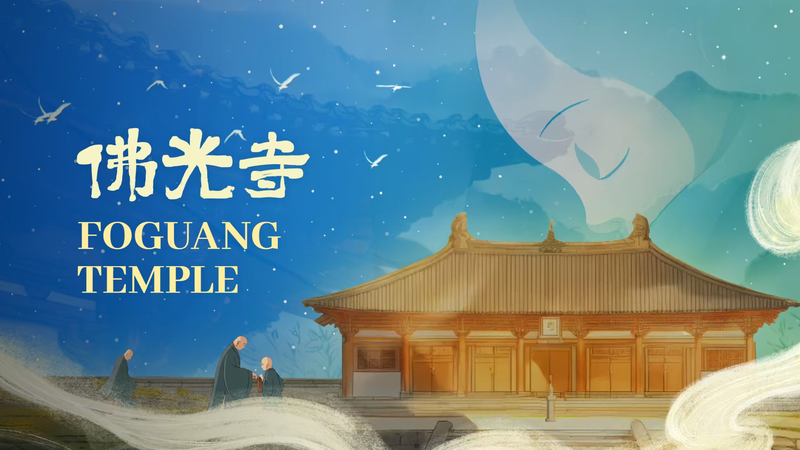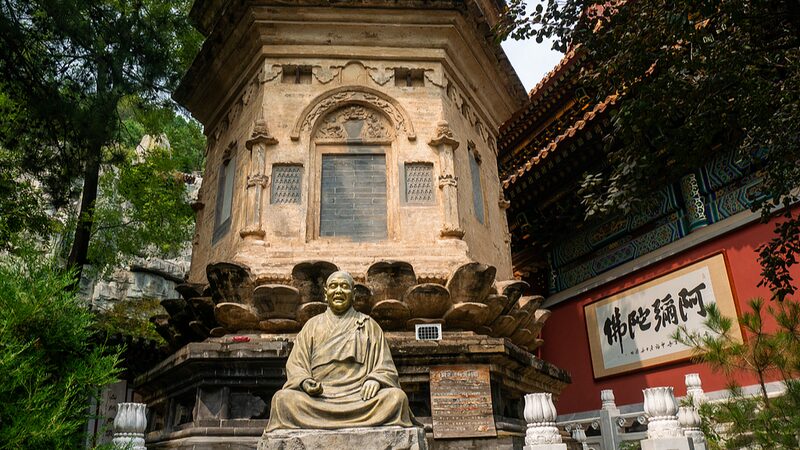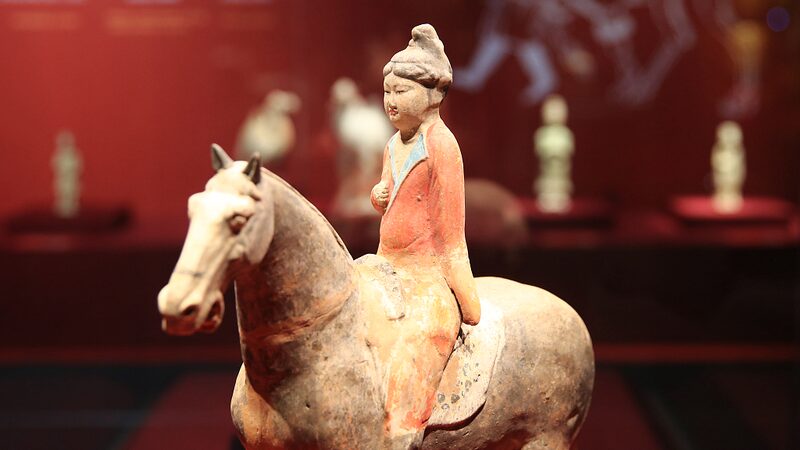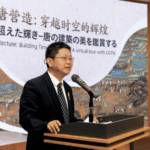Deep within the sacred Buddhist site of Mount Wutai lies a hidden treasure that has captivated visitors for over a thousand years: the East Hall of Foguang Temple. This magnificent structure, built during the Tang Dynasty (618-907), stands as a testament to the ingenuity and artistry of ancient Chinese architects.
As the central edifice of Foguang Temple, the East Hall is not only an architectural marvel but also a cultural beacon that has withstood the test of time. Its elegant wooden framework, intricate carvings, and harmonious proportions reflect the pinnacle of traditional Chinese design. The hall’s grandeur and serenity offer a glimpse into the spiritual and aesthetic values of a bygone era.
For scholars and enthusiasts of architecture, the East Hall provides invaluable insight into Tang Dynasty construction techniques and artistic sensibilities. It is one of the oldest surviving wooden structures in China, making it a rare and precious example of early Chinese architecture. Its preservation over the centuries highlights the meticulous craftsmanship and durable materials used by its creators.
Visitors to Mount Wutai are often drawn to the East Hall not just for its historical significance but also for the profound sense of peace it imparts. Surrounded by the tranquil beauty of the mountain and imbued with centuries of devotion, the hall continues to be a place of contemplation and inspiration.
The East Hall of Foguang Temple is more than just a building; it is a living piece of history that connects the present with the rich cultural heritage of ancient China. Whether you are a traveler seeking spiritual solace, a researcher delving into architectural history, or a cultural explorer eager to experience the essence of China’s past, the East Hall offers an unforgettable journey through time.
Reference(s):
East Hall of Foguang Temple: Bright pearl of a millennia-old monastery
cgtn.com








